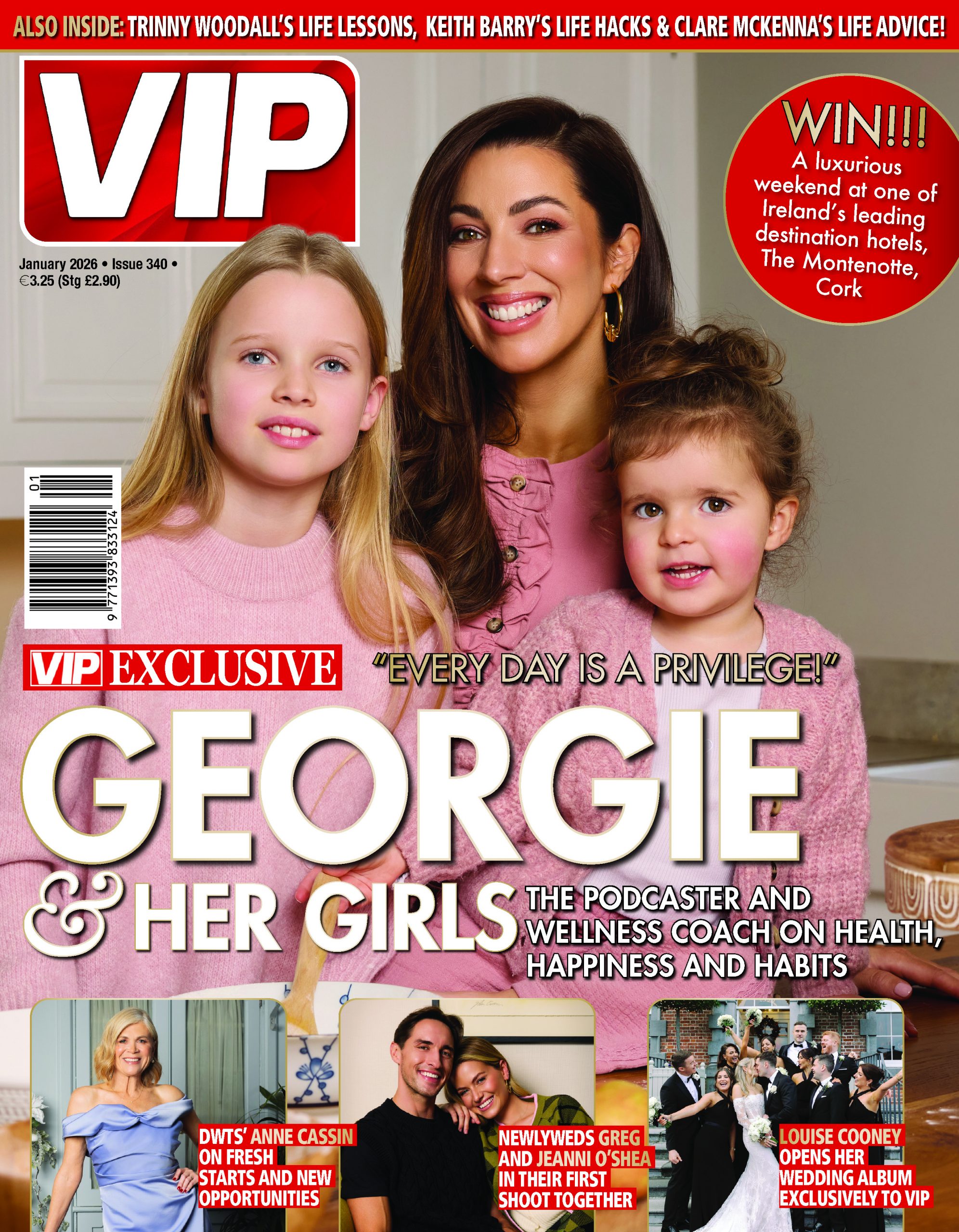
We’re all guilty of dipping into our savings to make little purchases before payday, and Áine Murphy, the woman behind Young Irish Budgeter on Instagram and TikTok, was no different.
The Young Irish Budgeter is passionate about helping people spend their hard-earned money more wisely, and in ways that will benefit them in the long run. After completing a science degree in Cork, Áine took her first step into the working world and quickly realised that her financial journey wouldn’t exactly be smooth sailing.
When she wanted to learn more about personal finance, she noticed that there was a lack of clear information out there.
“I think wanting to become financially literate is something that we don’t really talk about. If it’s the new year and you want to go to the gym more or go on a fitness journey, you can talk to your friends about it, but if you are trying to save or work towards financial goals, it can be kind of a lonely journey.”

She found following different social media accounts dedicated to personal finance really encouraging when working towards her own goals, but most of the content creators were American or from the UK.
It was from there that she had the idea to create her own Instagram page and cater it to people like her; young Irish people navigating the working world and the realm of personal finance for the first time.
When we had a chat with Àine about her content creation, she revealed that she wasn’t always so money savvy, and is actually a self-proclaimed recovering shopaholic.
“I was desperate! (Laughs) I love fashion, and that’s how I was justifying all my purchases. I was following all of the influencers and as soon as I started working I was comparing myself to them. I thought,- oh, it’s completely normal to spend 300 quid on a shirt.”
View this post on Instagram
The first step in recovery is admitting you have a problem, and it took two events in Àine’s life for her to decide something had to change.
“I had so many ASOS packages coming to the door I was actually embarrassed, and I started sending packages to my friend’s house. Every time she came over she would have a laundry basket full of crap for me.”
Starting to worry what the postman must think of her was a partial wake-up call, but a full moment of realisation came for the scientist when she started a below-minimum wage internship towards the end of college.
She started comparing herself to fashion influencers and other women in the working world, leading to a major, impractical, purchase; a €500 cardigan.
“It had no hood, it didn’t even close because that was the style. And sure, now it’s out of fashion!,” she says.

“That was a real wake-up call for me; dropping 500 quid on a bloody cardigan. That’s the same as my rent! I just thought that was normal because when you’re working that’s what you do. But after that, I thought okay, cold turkey now, something’s got to give because I haven’t a cent in my savings.”
It’s a very easy trap to fall into, we’ve all been there. You think that whatever money comes in is there to be spent, and with the ever-moving trend cycle on social media, there will always be a new must-have item.
With the help of the community she has built online, Áine has come a long way on her saving journey.
Here are some of her quick tips for any fellow recovering shopaholics out there, specifically for the individual who is impulse buying and spending a fortune on clothes.
View this post on Instagram
If I had a magic wand…
This is a question Áine likes to pose to herself each time she wants to purchase something, particularly clothes.
“I opened my wardrobe, opened my cupboards and my drawers and I thought if I had a magic wand and I wanted to convert this item of clothing back into the amount I paid for it, how much would I tap back into money?
“We only wear like 20 per cent of the clothes we own most of the time, clothes that make us feel comfortable, that fit us properly, that are practical. There is so much stuff that we would swap back for cash if we could. Now that’s changed my mindset and before I buy anything I think, Àine, would you just want to change that back into money in two months’ time, is it worth it? And sometimes it is! But it’s important to ask yourself that question.”

The ‘want but wait’ list.
This method focuses on the idea of delayed gratification.
“The little dopamine kick we get when we buy something online, or we get the knock on the door or email saying our latest purchase will be arriving today, that’s kind of addictive.
“In terms of stopping that impulsive tendency, create a list of the things you want to buy and come back to it 3 days later, and if you still want it then consider getting it. If not leave it off. There is so much we could purchase on a whim these days because it is so accessible. We can buy anything we want at our fingertips. It’s good to try and limit yourself that little bit”
Money is such a big thing in everyone’s lives, and there still seems to be some stigma around talking about it. While your salary plays a big part in personal finance, Áine also argues that it is our habits that really affect our savings.
For more tips and to feel a little less alone on your journey to financial literacy, check out Áine’s pages on Instagram and TikTok @Youngirishbudgeter
Words by Sorcha Lynch




